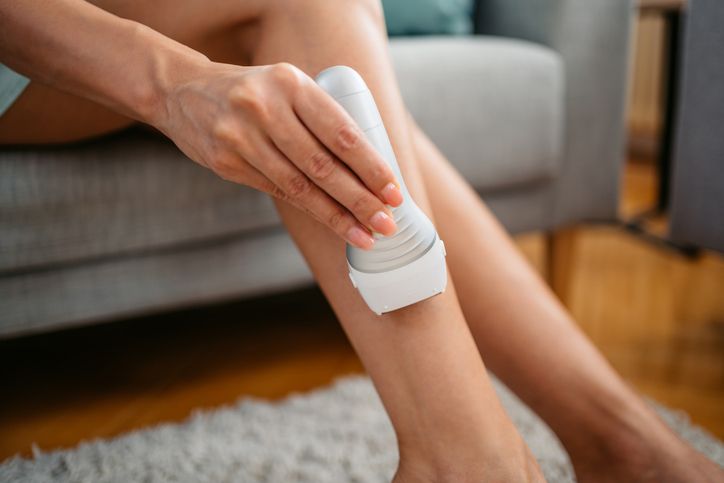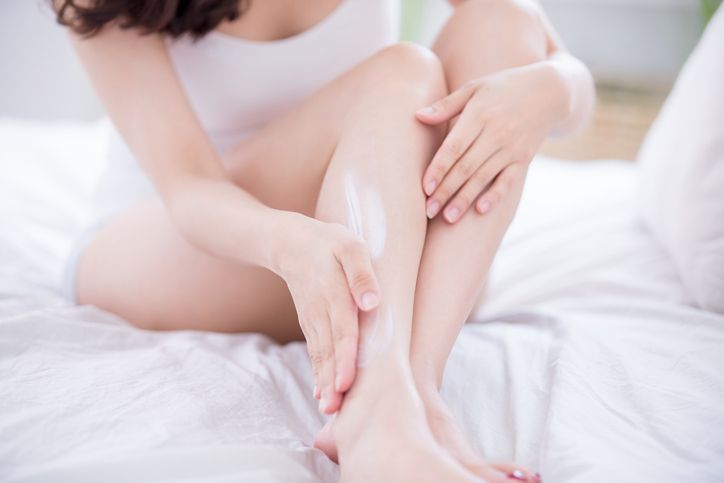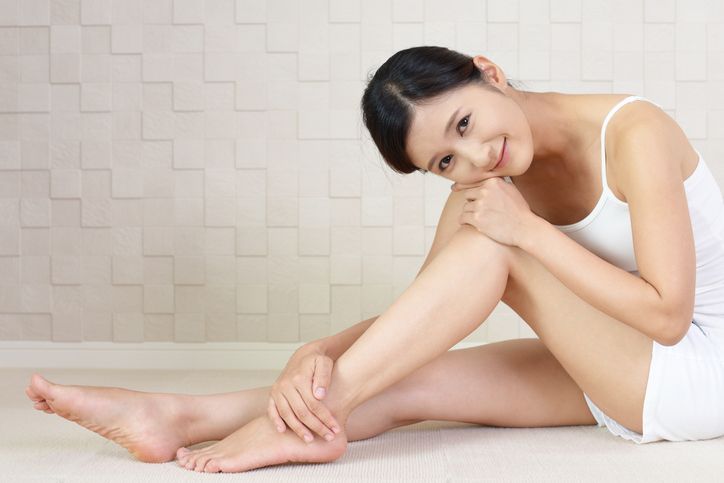- Home
- Trend
- Weight Loss Strategies
- Acne Tips
- Hair Health Information
- Blemish Removal Tips
- Acne Scar Removal Tips
- Muscle Building Techniques
- Intimate Care Tips
- Postpartum Intimate Care
- Eye Bags Wiki
- Tips for Face Slimming
- Secret of Permanent Hair Removal
- Breast Enlargement Tips
- Cure to Snoring
- Marionette Lines
- Skin-Tightening Secrets

免費體驗
A3 Laser Hair Removal Treatment
1 Minute Self-Registration
Date should not be before minimal date
For many, the desire for smooth, hair-free legs transcends mere aesthetics. It's a matter of confidence, comfort, and personal preference. Whether you're hitting the beach, sporting shorts, or simply seeking a more polished look, achieving and maintaining smooth legs can be a constant pursuit. But with a vast array of hair removal methods available, each with its unique advantages and drawbacks, navigating this quest can feel overwhelming. This comprehensive guide empowers you to take control of your leg hair removal journey. We'll delve into the pros and cons of traditional techniques like shaving and waxing, explore the science behind modern solutions like laser hair removal and depilatory creams, and address common concerns like ingrown hairs and razor burn. We'll also equip you with expert tips and tricks to maximise the effectiveness of your chosen method and minimise any potential discomfort.
1
Traditional Techniques to Remove Unwanted Hair

1. Shaving: Quick and Easy, But Not Without Drawbacks
2. Shaving Tips for a Smooth Experience
3. Waxing: Long-Lasting Smoothness with a Price
4. Chemical Solution: Depilatory Creams
Before You Apply: Patch Testing is Key
2
Beyond the Basics: Specialized Leg Hair Removal Methods

1. Epilators: Mechanically Removing Hair From the Root
2. Electric Shavers: Convenience and Comfort with Limitations
3
How to Make My Removal Methods More Effective?

4
6 Things On How to Remove Body Hair Safely


免費體驗
A3 Laser Hair Removal Treatment
1 Minute Self-Registration
Date should not be before minimal date
5
Removing Unwanted Hair with Permanent Hair Removal Solutions

1. Laser Hair Removal
2. Intense Pulsed Light (IPL) Therapy
3. Electrolysis
6
Manage Leg Hair And Other Area of the Body With The Right Choice


免費體驗
A3 Laser Hair Removal Treatment
1 Minute Self-Registration
Date should not be before minimal date
FAQ

1. How does laser hair removal for legs compare to traditional methods like waxing or shaving for achieving hair-free skin?
Laser hair removal offers long-term reduction in hair growth, providing smoother skin for an extended period compared to waxing or shaving, which offer temporary results.
2. What are the common causes of razor burns and how can they be prevented when removing leg hair?
Razor burns are often caused by shaving too closely, using a dull blade, or applying too much pressure. To prevent razor burns, use a sharp razor, shave in the direction of hair growth, and apply a soothing aftershave product.
3. Can laser hair removal help in permanently removing leg hair, including fine and visible hairs, for long-term smoothness?
Laser hair removal can result in long-term reduction of leg hair, including fine and visible hairs. However, multiple sessions may be required for optimal results.
4. What are the differences in skin reactions and irritation between leg waxing and other hair removal methods like shaving or depilatory creams?
Leg waxing can cause temporary redness and discomfort, while shaving may lead to razor burns and ingrown hairs. Depilatory creams can also cause skin irritation in some individuals.
5. How can individuals with sensitive skin achieve soft legs without experiencing irritation or redness after removing leg hair?
Individuals with sensitive skin can achieve soft legs by using gentle hair removal methods like laser hair removal or using products specifically formulated for sensitive skin. Additionally, post-hair removal care with soothing lotions can help reduce irritation and redness.








